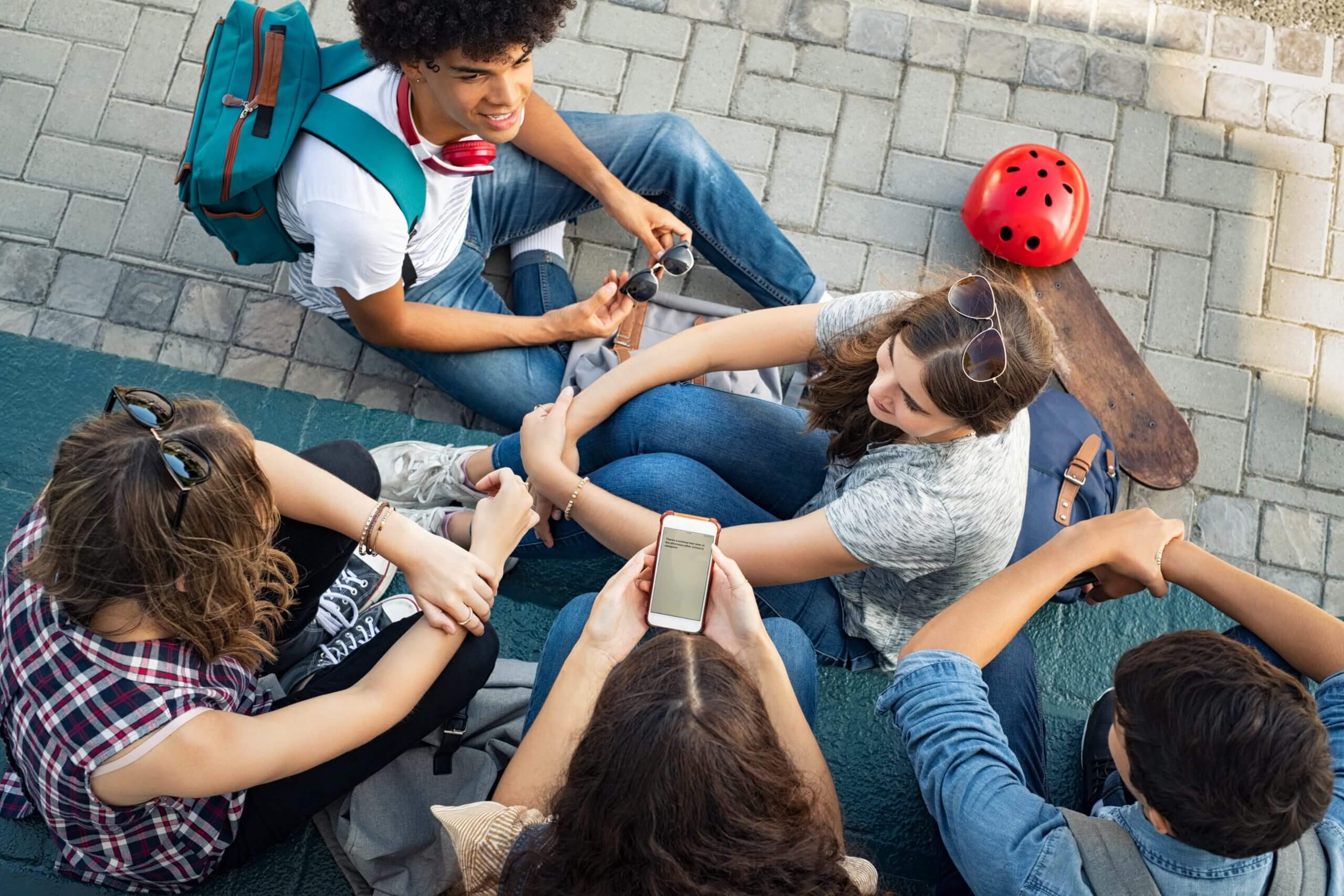
What Does It Mean to Have a Sense of Identity?
The idea of “identity” is broad. It means something different to each of us. Having a sense of identity means you are aware of the characteristics that make you uniquely you. Your sense of identity may be evolving and that is part of growing up. A sense of identity can mean you are aware of who you’ve been in the past, who you are right now, and how you think you’ll be in the future.
What Are the Different Parts of Identity?
There are many parts of our identity. Two of these are:

Personal Identity
You get to choose and shape parts of your “personal identity.” Personal identity includes hobbies, interests, experiences and personal choices.

Social Identity
There are many parts of who we are that we’re born with. Some of those things stay the same and some of them change over time. They also impact how you see yourself and how others view you. Social identities include race, ethnicity, gender, socioeconomic status and much more.
How Do You Identify?
Learning about yourself can be fun! Explore this worksheet to learn more about the different parts of identity and reflect on your own personal and social identities.
What Is Identity Formation?
What identity formation is:
Changes in how you think, feel, and express yourself are all part of growing up. This process is part of forming your personal and social identity. It is influenced by a lot of different factors including:
- Your family
- Your culture
- Where you live and go to school
- Your race and ethnicity
- Your sex, gender, and sexual orientation … just to name a few!
How does identity formation cause stress?
We all know growing up is one source of stress. It’s normal to struggle with getting to know who you are. You may be going through big life changes. Maybe you’re expected to look or act a certain way. Or you may be dealing with things that have you questioning how you see yourself.
There is no time limit or normal amount of time that it takes to form your personal identity. What matters is that you become more familiar and comfortable with who you are over time.
What is intersectionality?
Our identities have overlapping parts (think traffic intersection), which are unique to each of us. This overlap is known as “Intersectionality.” The word is used to describe the privileges and disadvantages you face because of that combination.
To fully understand each other, we have to consider all of our unique identities and experiences together. Learn about the three classmates below. How are each of their identities unique?

See Ubah’s Story
Ubah:
Ubah identifies as an African American girl. She was born in the US and her family immigrated here, as refugees, from Somalia. Kids at school treat Ubah differently at times because of the color of her skin, and because she and her family are Somali. Like other girls at school, Ubah sometimes gets treated differently just for being a girl. Even though her family is middle class, they still have trouble paying for things like the family home and other bills from time to time. Since Ubah’s parents are originally from Somalia, her family also faces challenges navigating things like the education and healthcare systems in the US.

See Destiny’s Story
Destiny:
Destiny identifies as a Japanese and Mexican American person. Destiny identifies as non-binary and uses they/them pronouns. Their family is working class, and their parents often struggle to pay for things like food and rent and bills—Destiny even works a job to help their family. Destiny also has a disability, which makes it hard for them to participate in activities in the same way as their peers. They often face challenges with having more than one racial identity—like being asked “what are you” and feeling like they don’t belong. Destiny does not feel comfortable sharing their gender identity as a non-binary person because they want people to understand and to not make fun of them. Destiny keeps this to their self and goes by the pronouns people assume of them—this is uncomfortable and stressful for them.

See Ben’s Story
Ben:
Ben identifies as a White boy with Irish heritage. His family is considered upper class, which means his parents make enough money to cover what the family needs, and more. Ben experiences privilege because of these identities. Ben does not experience racism or discrimination based on the color of his skin, and he doesn’t have concern for how his parents pay the bills. He does not experience unfair treatment as often as or for the same reasons as his peers. This doesn’t mean that Ben doesn’t face other struggles or negative experiences; it’s just that the struggles are not related to his racial, gender, or class identities.
How Intersectionality Relates to Stress and Identity
You are more than just one aspect of your identity. Your race, gender and socioeconomic status, for example, are parts of who you are. But they’re not all you are. Intersectionality means your unique combination of identities affects your experiences in life and how the world treats you. This includes your experiences with stress and anxiety.
Read more about the real story of Mae Jemison, and use this worksheet to reflect on intersectionality and your own personal experiences.
Print This LessonRead More About Identity With Change to Chill
Change to Chill hopes to help teens form a better understanding of what their sense of identity is, and to feel positive and accepting of themselves.
We acknowledge the existence of inequities related to race, gender and other social identities and recognize the need to create a more inclusive and equitable society. We also know topics of identity are complex and sometimes difficult to talk about. Change to Chill continues to address these topics in an intentional way. Stay tuned for more!
Help people of all ages live their healthiest
Want to help kids ages 3-14 learn about the mind-body connection? Check out healthpoweredkids.org
Want to help adults build or strengthen social connections? Check out hello4health.org

 Pinterest
Pinterest  Instagram
Instagram 

